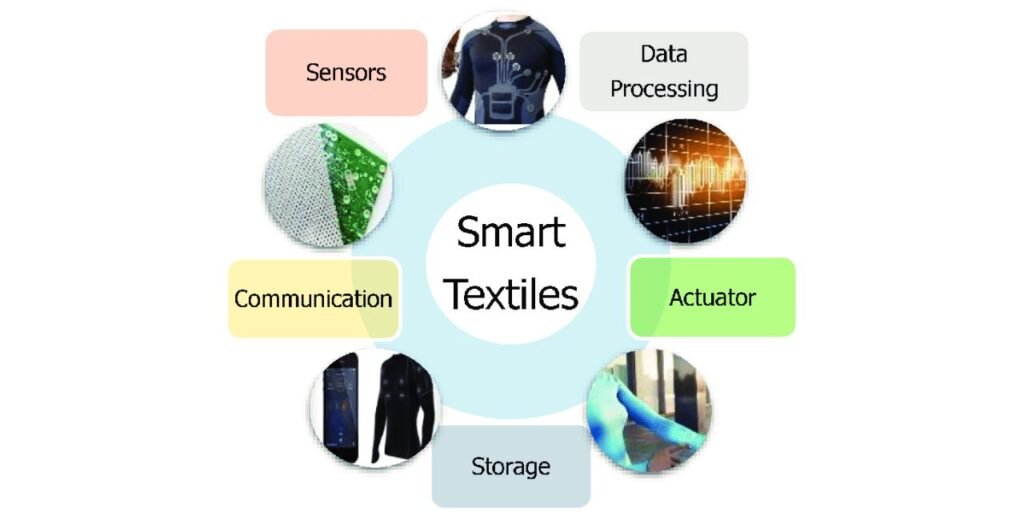
Breakthrough in Electronic Textiles: Washable, Touchless Magnetic Sensors Enable Smart Clothing
A pioneering research collaboration between Nottingham Trent University (UK), Helmholtz-Zentrum Dresden-Rossendorf (Germany), and the Free University of Bozen-Bolzano (Italy) has led to the development of washable, durable electronic textiles that can sense magnetic fields—marking a first-of-its-kind innovation in wearable technology.
Smart Textiles with Touchless Control
The research team has successfully integrated tiny, flexible magnetoresistive sensors into braided textile yarns, enabling interaction through touchless gestures using a magnet-equipped ring or glove. These sensors, which can be highlighted using dye or embroidery, act as invisible “buttons” or control surfaces on the fabric—without affecting its look or feel.
Published in Communications Engineering, a Nature Portfolio journal, the study demonstrates how these yarns are compatible with standard textile manufacturing techniques, paving the way for large-scale commercial production.
Key Features and Applications
- Touchless interaction: Reduces accidental activation and improves durability.
- Machine washable and flexible: Maintains fabric aesthetics and comfort.
- Submersible and weather-resistant: Reliable in diverse environments.
- Human-computer interface: Enables users to control smart devices through clothing.
- Interactive fashion and safety applications: Includes virtual navigation armbands and self-monitoring helmet straps.
Unlike traditional textile sensors that may respond to unintended contact, this technology ensures precise interaction through intentional magnetic activation. This makes it ideal for gaming, interactive fashion, wearable controls, and safety gear.
Expert Insights
“Our design could revolutionize electronic textiles for both specialized and everyday clothing.”
— Dr. Pasindu Lugoda, Lead Researcher, Department of Engineering, Nottingham Trent University
“Touchless interaction reduces wear and tear. Our sensors are not only functional but also machine washable, durable, and visually unobtrusive.”
— Dr. Theo Hughes-Riley, Corresponding Author, Advanced Textiles Research Group
“This introduces a novel approach to wearables, even in environments where traditional textiles fall short.”
— Kalana Marasinghe, Study Researcher, Nottingham Trent University
